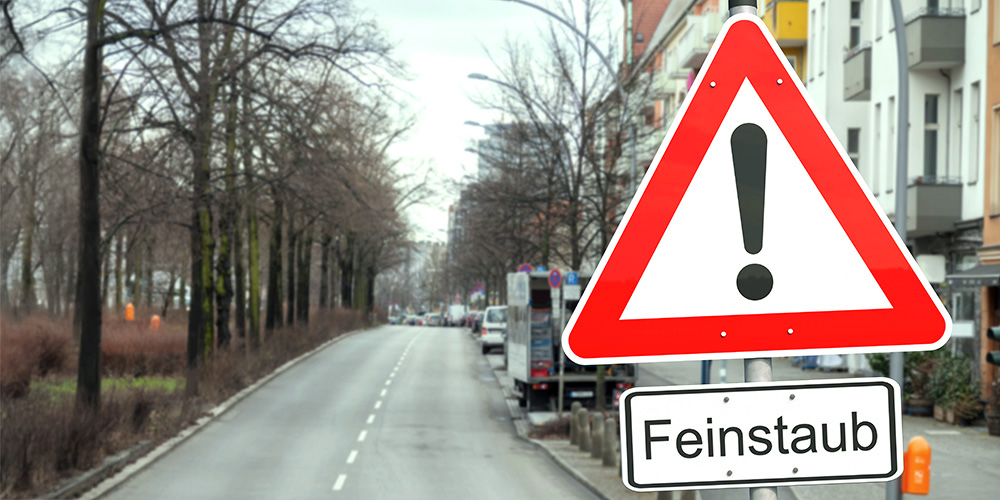Do Violent Communities Foster Violent Kids?
Children and adolescents regularly confronted with violence in their community have a greater tendency to show antisocial behavior. This finding was reported by researchers from the University of Basel and the University Psychiatric Hospital Basel. Their new study examined the link between exposure to community violence and antisocial behavior in over 1000 children and adolescents from seven European countries. The journal Frontiers of Behavioral Neuroscience Research has published the results.
06 November 2017
The researchers investigated the strength of the association between community violence exposure and antisocial behavior. Examples of such exposure to violence are the direct victimization or witnessing of fights, chases or threats in the community.
Conduct disorder is one of the most common reasons for referral to mental health services for children and adolescents in Europe. The disorder is defined by oppositional, aggressive and dissocial behavior and is often associated with a negative, long-term psychological outcome. Affected individuals bear a higher risk for school drop-out, occupational failure, further psychiatric disorders or involvement with the criminal justice system.
Community influences antisocial behavior
The researchers examined 1178 children and adolescents in total between the ages of 9 to 18 from seven European countries. The study is the first to involve healthy children (662 participants) as well as children with a diagnosed conduct disorder (516 participants). Findings show that children and adolescents who frequently experience community violence show higher levels of antisocial behavior than children and adolescents who are not exposed to community violence.
“We found that as rates of community violence exposure increase antisocial behavior increases. Strikingly, this relationship was found in both healthy children and adolescents as well as in those who already had behavior problems,” explains lead author Linda Kersten. “We can thus rule out the possibility that associations between community violence exposure and conduct problems are merely due to the fact that those with conduct disorder simply tend to live in more violent neighborhoods,” says Kersten.
Breaking the dangerous cycle through prevention
According to the authors, the results could help to promote for preventions programs and support initiatives for those children and adolescents who have already been exposed to violence. “The study suggests that more effort should be raised to establish prevention programs in neighborhoods with high rates of violence. The aim is to prevent the potential isolation of young people with a high violence exposure and to thereby breaking the dangerous cycle of young people being exposed to community violence and going on to perpetrate violence against others,” says Prof. Christina Stadler from the University Psychiatric Hospital Basel.
This study is part of the FemNAT-CD project, a large Europe-wide research project with the aim to better understand the interactions between psychosocial and genetic factors in conduct disorders.
Original source
Linda Kersten et al.
Community Violence Exposure and Conduct Problems in Children and Adolescents with Conduct Disorder and Healthy Controls
Frontiers in Behavioral Neuroscience (2017), doi: 10.3389/fnbeh.2017.00219
Further information
Linda Kersten, University Psychiatric Hospital Basel, phone: +41 61 265 89 66, email: Linda.Kersten@upkbs.ch




